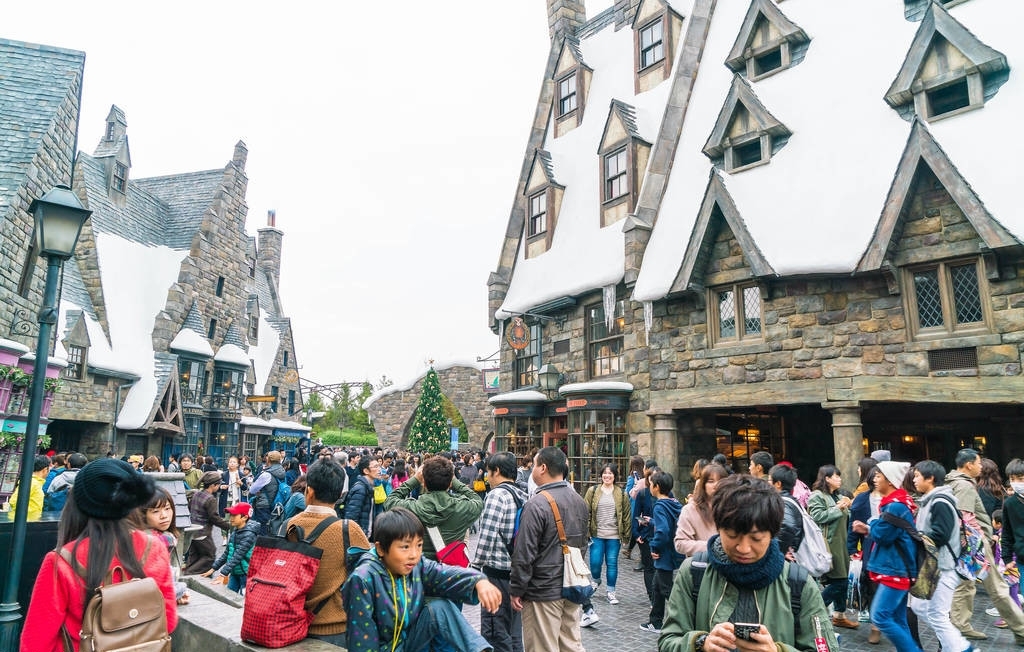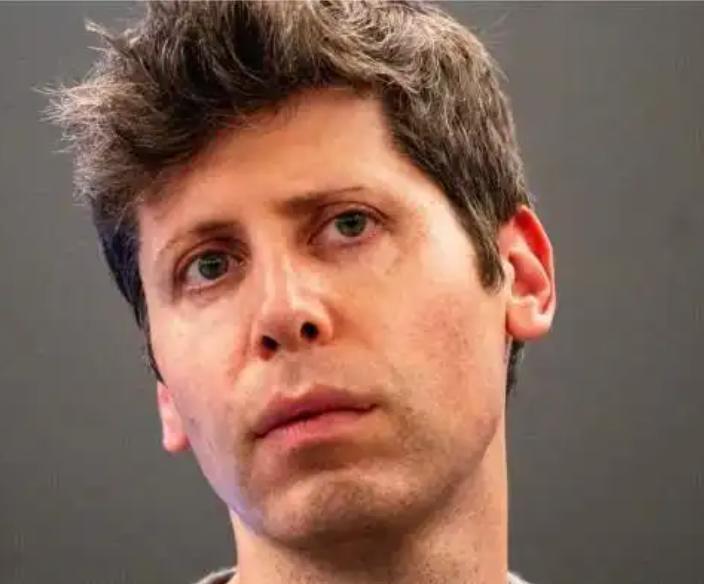
Recently, a news about the price increase of Universal Studios Japan (USJ) tickets has attracted wide attention. Starting in May this year, USJ will raise the maximum price of the one-day Studio Pass (adult ticket) by 1,000 yen to 11,900 yen, which is higher than the maximum price of the one-day ticket at Tokyo Disney Resort (TDR). Become the new "price king" of Japanese theme parks.
First of all, from the perspective of business strategy, the direct reason for USJ's price increase is the increase in the number of tourists. In recent years, with the surge of foreign tourists visiting Japan, the total number of tourists in USJ has repeatedly hit new highs. In 2023, the number of visitors to USJ reached 16 million for the first time, ranking third among theme parks in the world. Behind this data is the growing popularity and appeal of USJ around the world. However, the increase in the number of visitors has also brought a lot of operational pressure to USJ, especially during peak periods, when congestion has become the norm and the visitor experience has been greatly reduced.
In the face of this dilemma, USJ chose to raise prices, which seems to be a "simple and crude" but is actually a complex business strategy. On the one hand, the price increase can directly increase the income of the park and bring more profits to the company. Especially in the context of the continuous growth of the number of tourists, the price increase has almost become a "sure win" business. On the other hand, USJ hopes to "screen" tourists by raising prices, that is, to reduce some price-sensitive tourists under the action of price leverage, thereby easing the congestion problem of the park and improving the overall visitor experience.
But will this strategy really work? From a business perspective, the answer may not be so rosy.
First, the impact of higher prices on tourist numbers is complex and hard to predict. While some price-sensitive tourists may choose to forgo or postpone their visit because of the price increase, those who are looking forward to USJ, especially foreign tourists, are likely not to change their itinerary because of the mere 1,000 yen increase. Therefore, whether the price increase can effectively reduce the number of tourists, especially the number of tourists in the peak period, is still an unknown.
Secondly, the impact of price increases on USJ's brand image can not be ignored. In the increasingly competitive theme park market, brand image is one of the key factors in attracting visitors. And price increases, especially frequent price increases, are easy to make tourists feel "ripped off", which in turn has a negative impact on the brand image. Once the brand image is damaged, it may not only lead to the loss of existing tourists, but also affect the willingness of future tourists to visit. This is undoubtedly a huge risk for a theme park like USJ whose core competence is visitor experience.
In addition, higher prices could trigger a chain reaction. For example, as the price of USJ tickets increases, the price of surrounding hotels, restaurants and other supporting services may also increase. This will not only increase the overall travel cost for tourists, but may also further exacerbate the congestion problem in the park. Because for those tourists who have paid high entrance fees, they are more likely to choose to spend in or around the park, which further aggravates the bearing pressure of the park.
In addition, we must also note that USJ's price increase is a decision made in a specific market environment. In recent years, with the recovery of global tourism and the increase of foreign tourists visiting Japan, the theme park market in Japan has shown a booming trend. However, this growth is not infinitely sustainable. If the global economic situation changes or the number of foreign visitors to Japan declines, USJ's tourist numbers are likely to decrease as well. In this case, the price increase strategy may become a "double-edged sword", which will not bring the expected revenue growth and may accelerate the loss of tourists.
More importantly, USJ did not come up with effective solutions to ease the congestion problem at the park while raising prices. The price increase is only a palliative approach, and what can really solve the congestion problem is to improve the operational efficiency and service quality of the park. For example, by optimizing the layout of the park, adding amusement facilities, and improving the service level of employees, the overall experience of tourists can be improved. However, these require a lot of investment and time, and the short-term gains brought by price increases clearly cannot support such long-term investments.
Therefore, from a business point of view, USJ's price increase strategy undoubtedly has many problems and potential risks. Not only may it fail to effectively alleviate the congestion problem at the park, it may also have a negative impact on the brand image and visitor numbers. More seriously, this price increase strategy may not be able to adapt to future market changes and challenges, thus bringing uncertainty to the long-term development of USJ.
To sum up, although USJ's price increase strategy seems reasonable and in line with business logic, it actually hides many problems and potential risks. For USJ, the real challenge is how to maintain revenue growth while continuously improving the operational efficiency and service quality of the park, so as to win the trust and loyalty of visitors. Only in this way can we be invincible in the increasingly competitive theme park market.

On October 28th local time, it was reported that the brain-computer interface startup company Merge Labs, founded by OpenAI CEO Sam Altman, is in the process of preparation and has invited Mikhail Shapiro, a biomolecular engineer from the California Institute of Technology, to join its founding team.
On October 28th local time, it was reported that the brain-…
Recently, Japan confirmed the first highly pathogenic avian…
This week, gold prices plunged again, influenced by the eas…
The latest forecast from the International Monetary Fund (I…
Recently, foreign media reported that Amazon plans to cut u…
When the International Monetary Fund (IMF) predicted that t…